Narathiwat
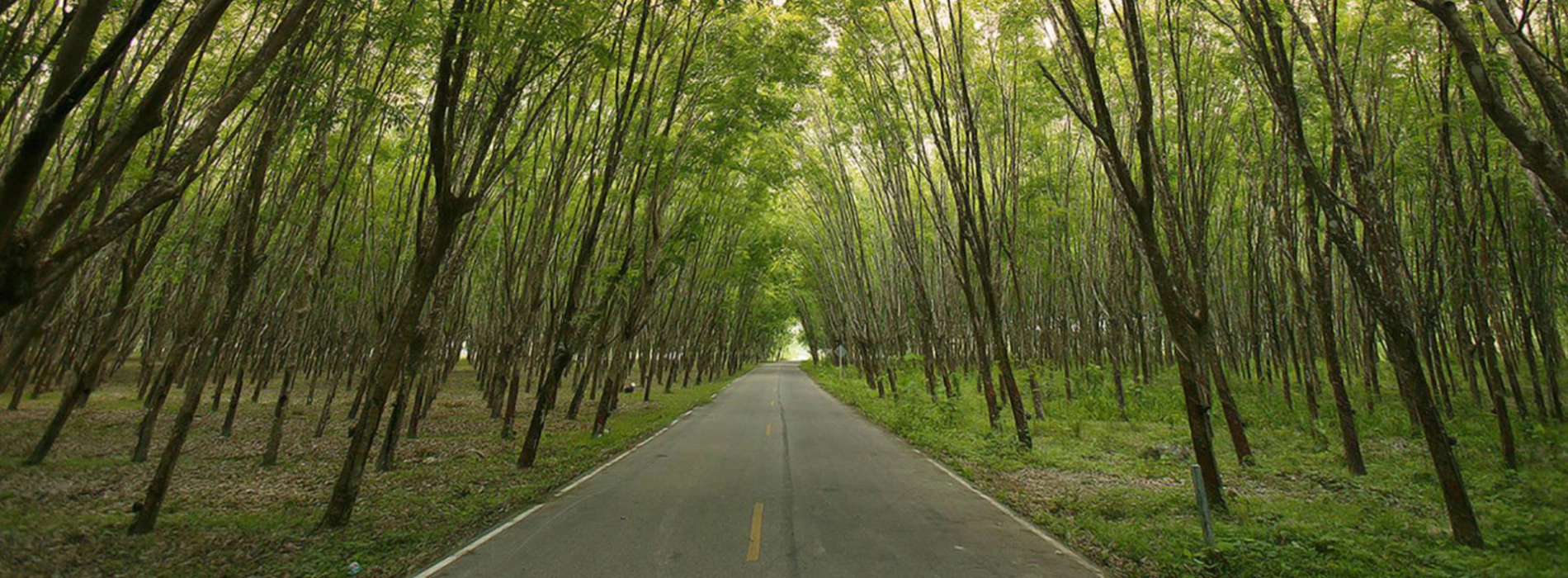
Narathiwat, a region in southern Thailand, represents a tapestry of cultural variety against a backdrop of stunning scenery. Geographically, it is located in southern Thailand, bordering the Gulf of Thailand to the west and Malaysia to the south. This location, part of the Malay Peninsula, has thick rainforests, mangrove forests, and beautiful beaches along its shoreline, making for a picturesque sight. While Narathiwat is generally flat, its core contains some hilly places, contributing to its natural attractiveness. Let’s explore this stunning province with Asia King Travel!

Narathiwat region in southern Thailand
Narathiwat's history is rich in cultural diversity and historical significance. Situated on the Malay Peninsula, its early history is connected with the rise and fall of ancient Malay kingdoms, as well as the eventual absorption into the Siamese (Thai) state in the 18th century.
Narathiwat was under European influence at several points during the colonial era before falling under British administration. However, it maintained its own Malay identity and cultural customs. In the contemporary age, Narathiwat, like other southern provinces, has faced difficulties between the central Thai government and its primarily Malay-Muslim populace.

History of Narathiwat
These conflicts have resulted in frequent outbreaks of violence and insurrection, influencing the province's current history. Despite these problems, Narathiwat's cultural resilience remains strong, with its varied populace continuing to enjoy its rich Malay history among the complexity of modern-day Thailand.
Whether you're interested in cultural exploration, outdoor adventures, or culinary delights, Narathiwat offers a diverse range of activities and experiences for travelers seeking an authentic and immersive journey through southern Thailand's hidden gem.
Visiting historical sites such as mosques, Buddhist temples, and traditional Malay villages provides a fascinating glimpse into Narathiwat's complex cultural past. These places offer insights into the region's unique tapestry of customs and beliefs, demonstrating the peaceful coexistence of many groups.
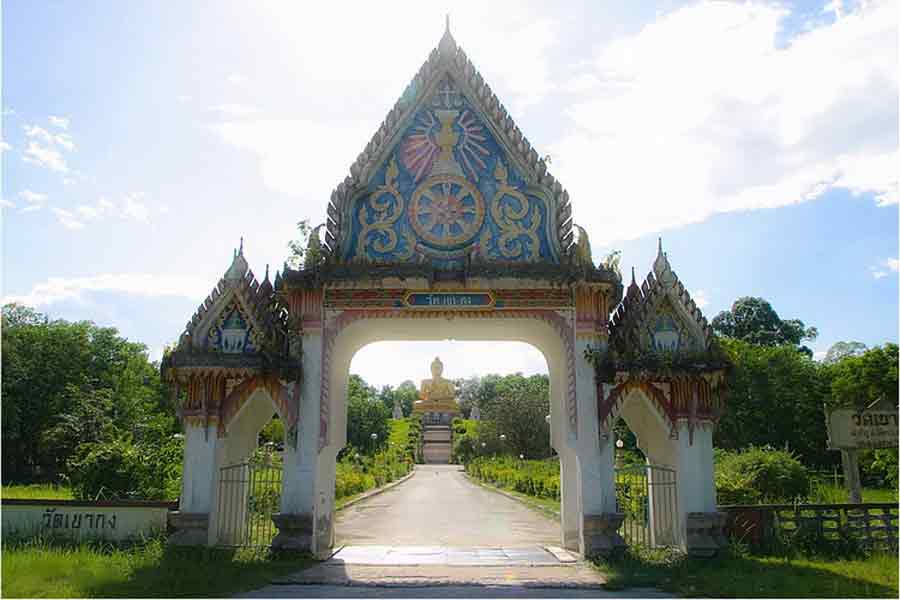
Explore Cultural Sites
Furthermore, immersing oneself in traditional Malay art forms such as shadow puppetry (Nang Talung) and traditional dance performances enriches the experience with cultural richness. These creative manifestations, which are still practiced and appreciated in the province, represent Narathiwat's unique cultural identity, demonstrating its persistence and continuity across time.
Outdoor lovers may enjoy a variety of activities while exploring Narathiwat's beautiful rainforests, mangrove forests, and stunning beaches. There's something for everyone looking for natural peace, whether it's trekking through lush paths, birding in the canopy's stillness, or simply relaxing on deserted beaches.
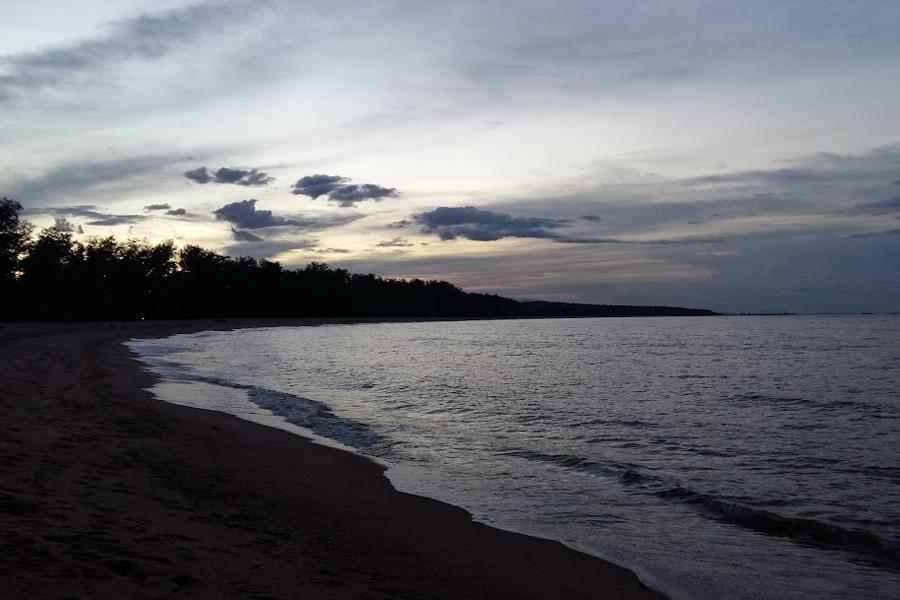
Enjoy the nature of Narathiwat
Furthermore, exploring Narathiwat's protected regions, such as Budo-Su-Ngai Padi National Park and Namtok Sipo National Park, allows tourists to become immersed in the region's varied flora and wildlife. These sanctuaries provide sights of uncommon species, tumbling waterfalls, and green landscapes, creating an enthralling interaction with nature's treasures.
Maybe you like: What to do on Thailand 5-day tour in Bangkok?
Participating in religious festivals such as Eid al-Fitr and Ramadan, as well as traditional Thai and Malay events like Songkran and Hari Raya Aidilfitri, offers a colorful glimpse into Narathiwat's cultural tapestry.
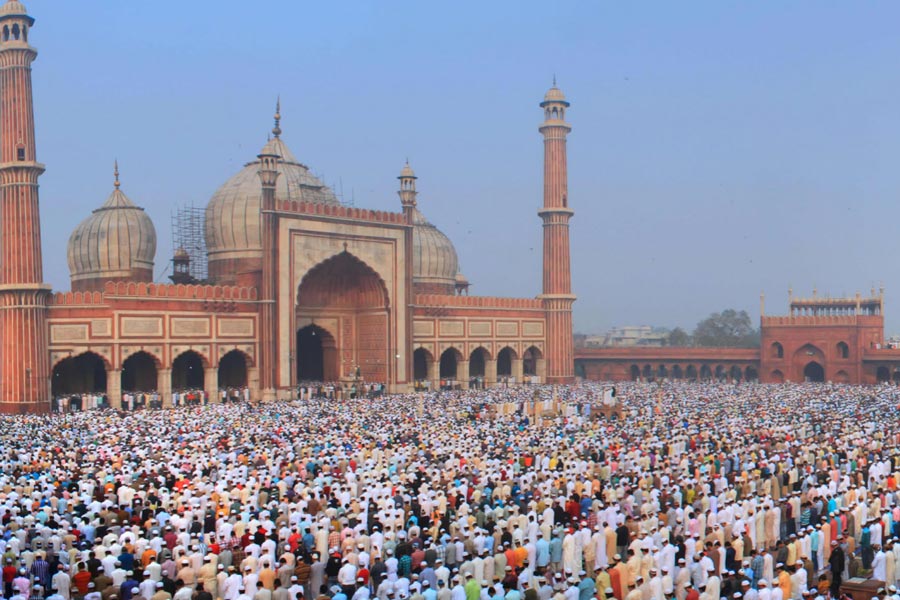
Attend Festivals and Events
These festivals not only highlight the region's many religious traditions, but also provide chances for cultural interchange and community building. Additionally, participating in cultural events, music concerts, and street parades highlights Narathiwat's rich legacy and societal peace.
Explore artisan workshops and craft centers to discover the age-old crafts of weaving, pottery, and batik making, all deeply ingrained in Narathiwat's cultural legacy.

Learn About Local Crafts
Show your support for the local community by purchasing handmade souvenirs and gifts, ensuring the continuation of these time-honored crafts. Take home distinctive mementos that reflect the authenticity and craftsmanship of Narathiwat, preserving cherished memories of your visit.
Take a gastronomic trip through Narathiwat's various flavors, including a blend of Thai, Malay, and Chinese cuisines. Treat your taste buds to native specialties like Nasi Kerabu and Nasi Dagang, which highlight the region's distinct gastronomic heritage.

What to eat in Narathiwat
Immerse yourself in the lively ambiance of local markets and street food vendors, where colorful fragrances and sensations entice your senses. Sample a variety of traditional meals, from fiery curries to savory snacks, while engaging with friendly sellers and immersed in Narathiwat's rich culinary culture.
In Narathiwat, accommodation options cater to diverse preferences and budgets. Hotels and resorts offer comfort and convenience, while guesthouses and homestays provide authentic cultural experiences.
Beachfront bungalows offer serene retreats, boutique accommodations add luxury, and budget hostels provide affordability. Camping and vacation rentals offer alternative stays, ensuring visitors find the perfect lodging for a memorable stay in Narathiwat.

Best time to visit Narathiwat
The best time to visit Narathiwat is during the dry season, which typically runs from December to April. During this season, the weather is usually pleasant, with low humidity and minimal rain, making it ideal for outdoor activities like visiting beaches, hiking in national parks, and sightseeing across the province. Furthermore, various festivals and cultural events are held throughout the season, allowing travelers to immerse themselves in local culture and customs.
Narathiwat is easily accessible by a variety of modes of transportation. Travelers may travel straight to Narathiwat Airport from Bangkok or surrounding locations. Alternatively, trains to adjacent cities such as Hat Yai or Sungai Kolok can be followed by bus or minivan excursions to Narathiwat.
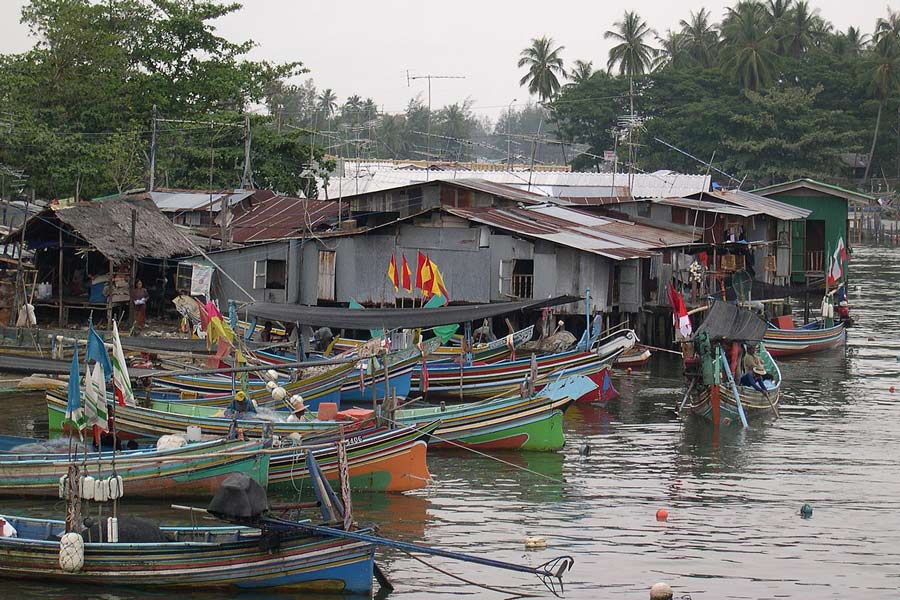
How to get to Narathiwat
Direct busses from Bangkok's Southern Bus Terminal are also available. Renting a car gives flexibility, although minivans and motorbike taxis are more handy for shorter trips. Boat services may be accessible from coastal locations. Before embarking on your journey, ensure that you have checked transit timetables and travel warnings.
Read more: Thailand Excursions